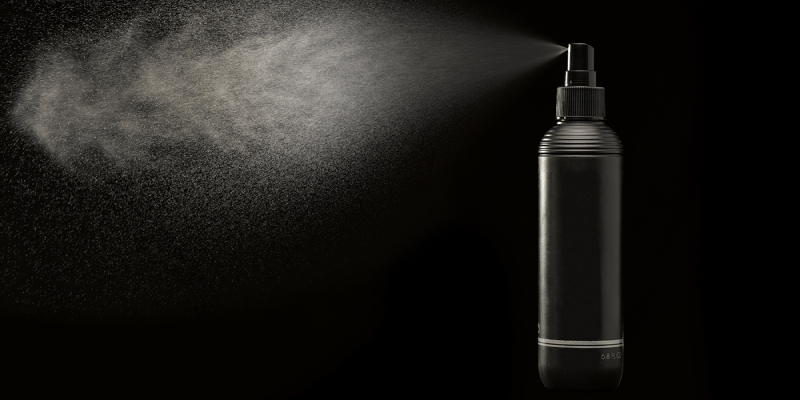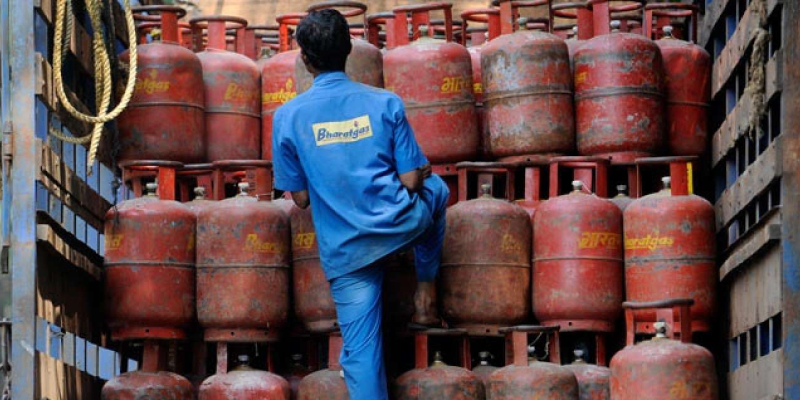Propellants are the lifeline for a business operating in the aerosol industry. The right propellant can make or break the business. Thus, it’s only natural that businesses hunt for what’s the best available propellant in the market. Well one such product for you will be the SUPERGAS propellant and we have fair reason to suggest the same.
Customized Product: Be it air-freshener, deodorant or pesticides our state of the art facilities enable SUPERGAS to provide the customized product consistently so that there is uniformity in your output and process
Technical Support: With more than 22 years of experience in the Indian LPG sector and availability of global expertise, SUPERGAS are the LPG knowledge leaders and have demonstrated it in the market with new innovative product and services in and around LPG. They offer optimal design-erection-commissioning on a turnkey basis with quality products and timely project completion.
Operational Training: SUPERGAS gives operational and safety training to our customers on do’s & don’ts while handling propellants.
Safety: Safety is an integral part of SUPERGAS and the same is expected of our LPG Storage solutions at Customer’s places. Regular safety audits and trainings are given to all Customers
Dedicated Infrastructure & Supply Chain: SUPERGAS has access to 6 terminals, 21+ filling plants and a fleet of delivery vehicles with effective Supply Chain Managementprinciples to make sure you receive quality LPG on time, every time.
Quality and Quantity Assurance: SUPERGAS propellants are free of heavy ends, unsaturated hydrocarbons and supplied after stringent quality checks.
Customized Storage Solutions: After analyzing your consumption pattern, SUPERGAS helps you with suitable LPG storage solution for your requirements.
These are mere basics as to why you should need SUPERGAS Propellant in your aerosol industry. To know more, fill the below enquiry form.
LPG is one of the fuels whose carbon dioxide emissions are much lower compared to other liquid fuels and even electricity. How electricity, you may ask. Well, it is simple. In India, a huge amount of electricity is generated from thermal power plants and not from renewable sources. Thus, if electricity is used for heating appliances in an industry, they are indirectly releasing even more carbon dioxide than the normal liquid fuel users.
Not only this, LPG has another set of advantages also compared to conventional fuels.
Reduced fuel cost: The calorific value of LPG is much higher than all the liquid fuels. This will create an advantage as to process more with less time. Considering the parameters of calorific value, heat transfer efficiency and unit fuel cost, overall LPG works out to be less costly as compared other fuels.
Reduced Carbon Footprint: LPG releases lower amount of carbon dioxide compared to other fuels. Thus, LPG promotes for a greener future in the long run.
Lower maintenance: LPG unlike liquid fuels enjoy a complete combustion that is closer to stoichiometric values. Thus, the combustion systems are free of soot and carbon particle formations. Hence combustion system (burners and furnaces) require less maintenance.
Higher productivity: Because of the better calorific value, the number of batches processed using LPG is substantially higher when compared to the same with liquid fuels; thus enhancing the productivity.
Better-finished product quality: The possibility of direct heating exists with LPG. This increases the heat transfer efficiency of the system thereby providing uniform heating to the batches resulted in better quality in the final product
The interesting fact to note here is that the above-mentioned qualities are nothing but the tip of the iceberg. Based on the application you are using the benefits of LPG varies. Customized and tailor made solutions for your industry is also possible with LPG as the fuel. To know more, submit an online enquiry to us.
Hence, based on the above facts we can conclusively come to the conclusion that LPG is a fuel is here to stay and stay it will for a long time even until the next decade.







Leave a Reply